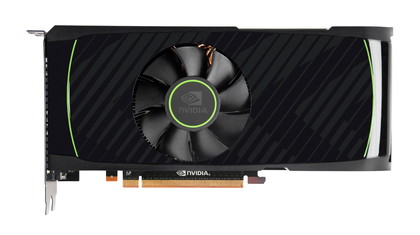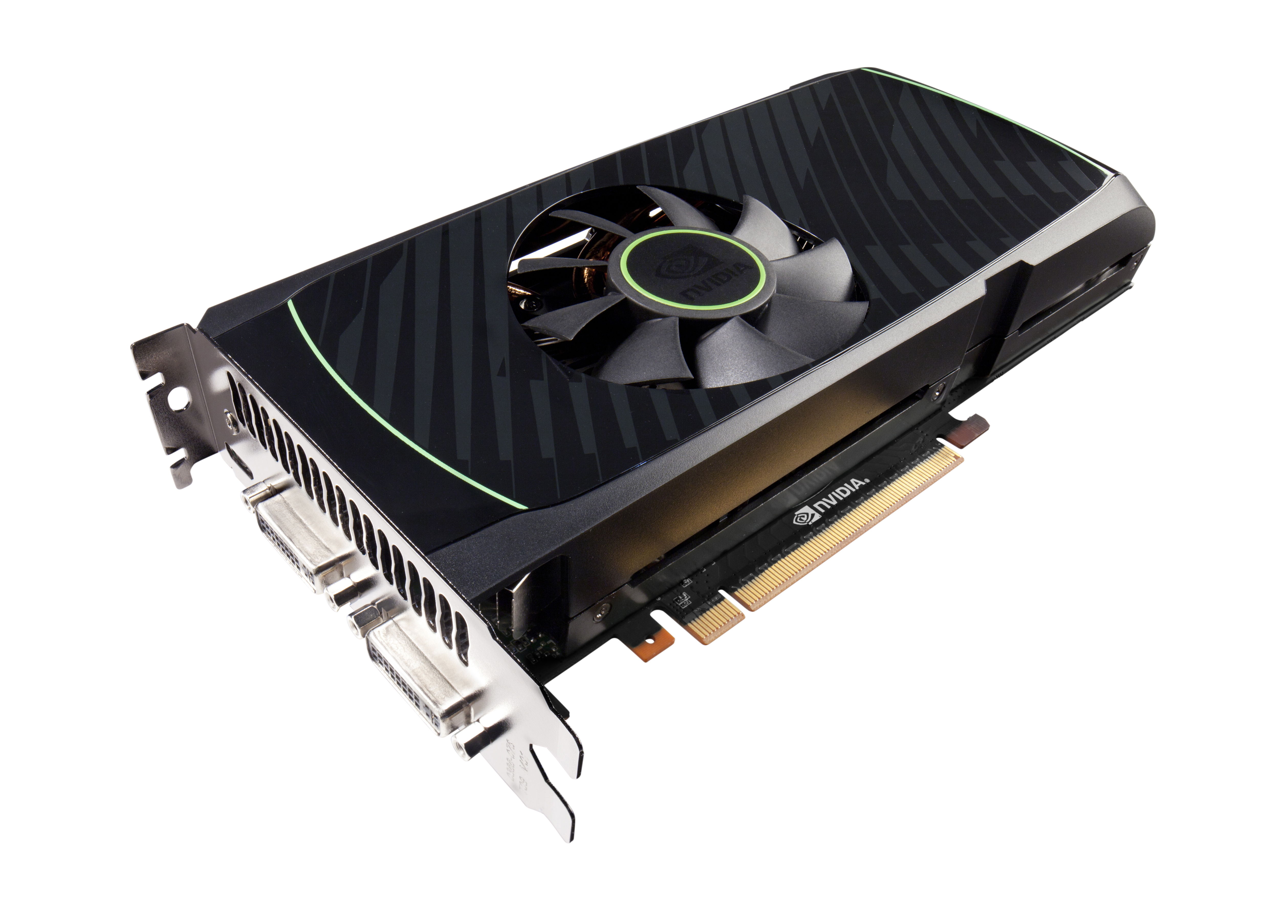Why you can trust TechRadar

It's tough to argue with the performance of this card, especially considering Nvidia is looking to charge the same price for the GTX 560 Ti as it put the GTX 460 out for initially.
At an MSRP of £199 it comes in below the psychological £200 barrier, and sits close to the Radeon HD 6870 GPU that it is supposed to be competing directly against.
Firstly, compared to the GTX 460 before it you are garnering at the very least a 19% increase. That though is the percentage increase in the DirectX 10 Just Cause 2 benchmark, and even then at the lower res 1680x1050 scale.
When you look at the increase at the 2560x1600 resolution that jumps massively to a 37% increase.
Across the rest of our benchmark suite though the GTX 560 Ti is generally offering around the 30% performance improvement that Nvidia has promised us all along.
That improvement now makes the GTX 470 completely obsolete. The GTX 460 is going to stick around for a while yet thanks to an almost £100 drop in price since launch, still making it one hell of a card.
When we're talking about the AMD-shaped competition though the waters get a tad muddier.
The GTX 560 Ti is justified in the price difference between it and AMD's Radeon HD 6870 by virtue of the performance increase between the red and the green GPUs.
The Nvidia card has the edge in all but the legacy DirectX 10 games, and even then it's pretty much level-pegging. In the more technologically-demanding DirectX 11 games the GeForce GTX 560 Ti is able to hold its head up high.
Where it starts to be tricky for Nvidia is when we introduce the Cayman GPU powered Radeon HD 6950. If you shop around you can find it for dangerously-close to the £200 mark; we found a Sapphire card for £206.
Originally we were told the launch MSRP of the GTX 560 Ti was going to be around £210, and we're betting the pricing is going to shift around a good deal more between these cards in the coming weeks.
You'll find these cards both above and below that £199 price tag as etailers try and make money out of the new kid on the block while they can.
It's true that in the benchmarks the Radeon HD 6950 and the GTX 560 Ti trade blows, but the AMD card is regularly quicker at the higher resolutions.
The Titanium's overclocking chops means that it can close that gap considerably, and in some cases take the lead, with just a little judicious use of the OC stick. That said the Radeon HD 6950 can also be pushed well past its stock performance values.
Indeed, thanks to the same GPU being used in both AMD's Radeon HD 6950 and Radeon HD 6970, you can see if your HD 6950 can have its BIOS flashed to become a HD 6970 with minimal effort. Because of the security afforded by the Cayman card's dual-BIOS function switch it makes for a relatively risk-free manoeuvre, with a rather high success rate.
All it takes is a quick Google.
We've flashed our own Radeon HD 6950 with no problems whatsoever. Then you're looking at getting a £270 card for £200-odd.
Thanks AMD.
As always the caveat remains there's no guarantee that every card will take the BIOS flash so well, but it's definitely something to consider when you're weighing up your £200 GPU options.
Current page: Nvidia GeForce GTX 560 Ti - Performance
Prev Page Nvidia GeForce GTX 560 Ti - Benchmarks Next Page Nvidia GeForce GTX 560 Ti - Verdict